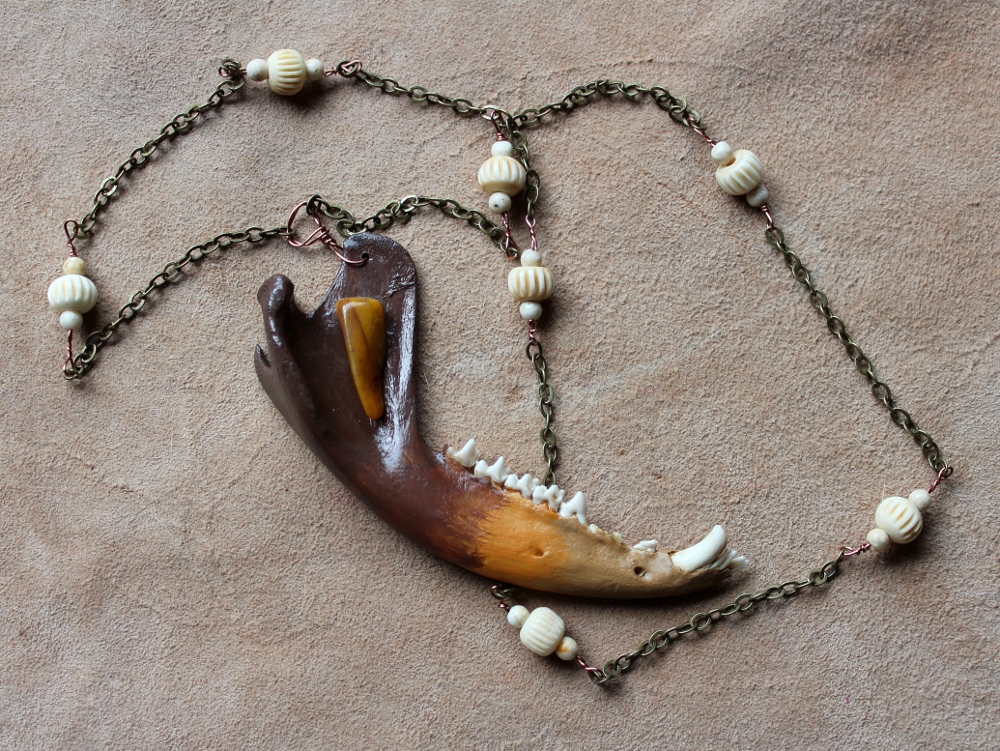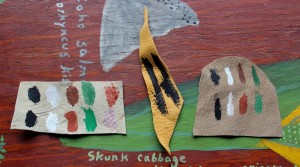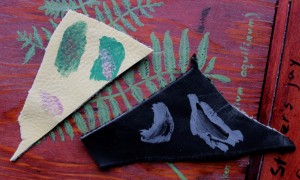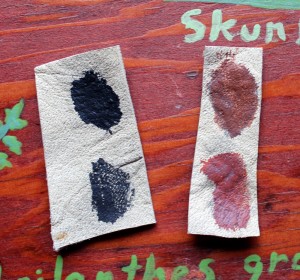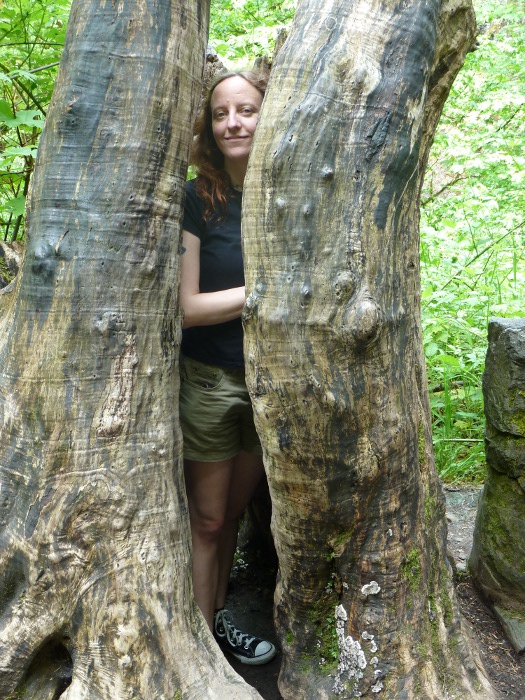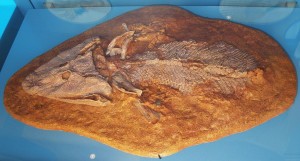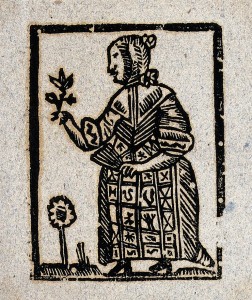Over Christmas, I did my nerdly duty and saw the new Star Wars movie, The Force Awakens. I won’t spoil it for you who haven’t seen it yet; suffice it to say that it had more than enough high-speed escapes from TIE Fighters, dramatic twists, and splashes of humor to remind me why I’ve been looking forward to this film. But by the end of it I was feeling despondent, and not just because I have to wait a loooong time to see the next one.
Despite the fact that Star Wars happened “A long time ago in a galaxy far, far away”, 99% of space-based science fiction asks us to imagine forward, not back, so it’s easy to forget that it’s not a futuristic tale. And I found myself thinking when I walked out of the theater, “We don’t have a future”. Although I try to limit my media intake to what’s necessary, and balance it out with things like cute animal pictures and video game breaks, I’m still all too aware of the critical point we’re at with regards to climate change, ocean ecosystem collapse, loss of endangered species, and other environmental disasters. And so when the movie ended, so did my distraction from these overwhelming problems.
Beyond the distraction and the drop, The Force Awakens (and plenty of other movies) presents a massive enemy with potentially planet-destroying capabilities, something we know all too well. But everything works out in the end, the enemy is routed, and the whole story wraps up neatly in less than three hours. What should happen is that I should come out of the theater inspired to go fight the good fight anew. Instead, I found myself in deep despair.
It’s the same thing that happened to me after I went to see Tomorrowland earlier this year. In the same way the Star Wars franchise shows ways to defeat the Enemy (even as it regenerates in many disguises), Tomorrowland asks us to imagine a positive future, the possibility of better things than the current media-driven dystopia we seem to be hurtling toward. I hate that it was a box office flop; a lot of people could have used the messages it conveyed about how we don’t have to give in to the inevitability of an ever-worse world.
Yet even I can’t grab hold of that optimism. I’m not fooled by movies’ promises of simple answers to complex problems. As soon as the credits roll, I feel the weight of the world settle back onto my shoulders, and it hurts. I grieve. I get angry at the idea that all we need is the right heroes to come along and save the day. And I start to drown in perceived helplessness; I have no X-wing starfighter that miraculously avoids getting hit by enemy fire. I have no super powers, or advanced technology funded by Stark Industries or Wayne Enterprises. There no Q or Professor X to hand down much-needed information and wisdom to those who work to save the day.
So each time this happens I turn to my partner, my beloved, who knows my weaknesses and flaws and loves me anyway. He is an eternal optimist, but a realist. He knows the worst humanity can do, and yet believes in us anyway. I lay my sadness on him, and he carefully opens it up to see where it comes from. And then he gives me balance and perspective. Yes, there are horrible people with too much money and power, but there are also those who use their resources for the benefit of others. Yes, cynicism is often well-deserved, but that should not be the end of hope. Yes, our problems can’t be fixed with a well-aimed barrage of lasers and proton torpedoes, but there are people who are trying to enact very real solutions, just at a slower pace and smaller scale.
And then he tells me to go read the stack of publications that the various environmental groups I support send me each month. He says to focus especially on their victories and successes, and how even in the face of a battle lost they never give up the war. And so I immerse myself in the good news, often on conflicts and issues that they’ve been working on for years. I have to remember that sometimes I just have to sit back and enjoy the win, without letting the specter of “But the bad guys will attack again” loom over me. I go back over the positive messages of the movies I watch, and I absorb them, and I let their idealism inspire me.
I still often feel overwhelmed by the enormity of the challenges we face. It’s the price I pay for being aware of them, and refusing to spend my entire life in an ongoing search for more distractions. But I’m slowly trying to regain the optimism of my younger days, when I was less tired, and temper it with the experience I’ve had as I get older. There are still no simple solutions to complex problems; I don’t even believe that much in “good guys vs. bad guys” any more, only seven billion humans stumbling around trying to figure out what the hell is happening.
And so as I prepare to step into the new year, I resolve to keep taking care of myself, including in–especially in–my times of despair. I continue to heal the ongoing trauma of the destruction of my world, even as I fight to save it in my own way. I will still have the times when I have to ask for help. But that’s okay. In the movies every hero has support, and in the real world every person fighting to make things better has their allies. I need not carry all the weight of the world on my shoulders; we’re all carrying our own piece of it, and even if we can’t find a way to put it down for good in three hours or less, it doesn’t make us any less strong.



